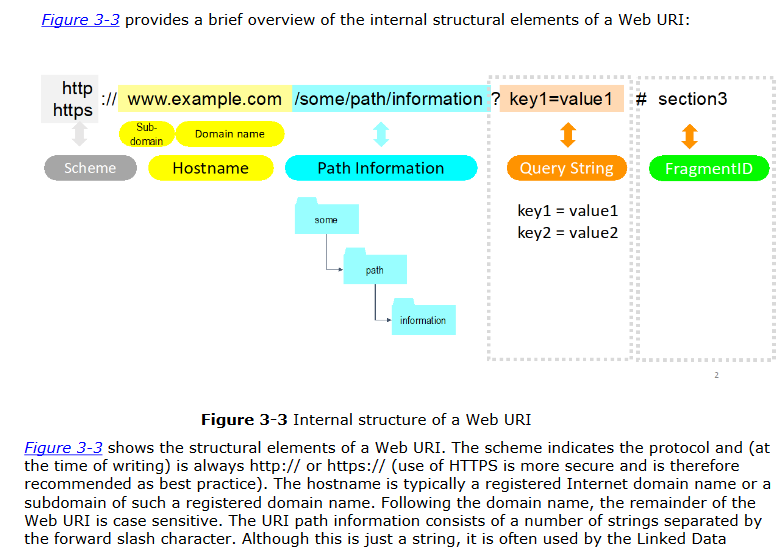Home
| About
| Mine Tracker
| RSS
| Footer
▄▄▄▄▄▄▄▄▄▄▄▄▄▄▄▄▄▄▄▄▄▄▄▄▄▄▄▄▄▄▄▄▄▄▄▄▄▄▄▄▄▄▄▄▄▄▄▄▄▄▄▄▄▄▄▄▄▄▄▄▄▄▄▄▄▄▄▄▄▄▄▄▄▄▄▄▄▄▄▄▄▄▄▄▄▄▄▄▄▄▄▄▄▄▄▄ █▄▄░▄▄█░▄▄▀█░▄▄▀█▀▄▀█░▄▄███░▄▄▀█░▄▄▀█░▄▀███▄▄░▄▄█░▄▄▀█░▄▄▀█▀▄▀█░▄▄█░▄▄▀█░▄▄▀██▄██░███▄██▄░▄█░██░ ███░███░▀▀▄█░▀▀░█░█▀█░▄▄███░▀▀░█░██░█░█░█████░███░▀▀▄█░▀▀░█░█▀█░▄▄█░▀▀░█░▄▄▀██░▄█░███░▄██░██░▀▀░ ███░███▄█▄▄█▄██▄██▄██▄▄▄███▄██▄█▄██▄█▄▄██████░███▄█▄▄█▄██▄██▄██▄▄▄█▄██▄█▄▄▄▄█▄▄▄█▄▄█▄▄▄██▄██▀▀▀▄ ▀▀▀▀▀▀▀▀▀▀▀▀▀▀▀▀▀▀▀▀▀▀▀▀▀▀▀▀▀▀▀▀▀▀▀▀▀▀▀▀▀▀▀▀▀▀▀▀▀▀▀▀▀▀▀▀▀▀▀▀▀▀▀▀▀▀▀▀▀▀▀▀▀▀▀▀▀▀▀▀▀▀▀▀▀▀▀▀▀▀▀▀▀▀▀▀
GS1 Digital Link Standard: URI Syntax
https://www.gs1.org/docs/Digital-Link/GS1_Digital_Link_Standard_URI_Syntax_r_i1-2-1_2022-02-08.pdf

This document provides some of the background to the design of GS1 Digital Link, highlighting existing techniques and practices that underpin the World Wide Web, and applying those to the GS1 system. The normative portions set out the detailed syntax of Web addresses (HTTP URIs) that encode GS1 identifiers with exactly the same precision and expressivity as the AI-based element syntax used across the GS1 system, notably in the GS1 General Specifications. The GS1 Digital Link URI syntax distinguishes between primary keys, such as GTIN and GLN, key qualifiers, such as batch/lot and GLN extension, and attributes such as expiry date and ship-to address. The GS1 Digital Link URI syntax is the foundation on which all other aspects of the standard are built.
https://www.gs1.org/docs/Digital-Link/GS1_Digital_Link_Standard_URI_Syntax_r_i1-2-1_2022-02-08.pdf

This document provides some of the background to the design of GS1 Digital Link, highlighting existing techniques and practices that underpin the World Wide Web, and applying those to the GS1 system. The normative portions set out the detailed syntax of Web addresses (HTTP URIs) that encode GS1 identifiers with exactly the same precision and expressivity as the AI-based element syntax used across the GS1 system, notably in the GS1 General Specifications. The GS1 Digital Link URI syntax distinguishes between primary keys, such as GTIN and GLN, key qualifiers, such as batch/lot and GLN extension, and attributes such as expiry date and ship-to address. The GS1 Digital Link URI syntax is the foundation on which all other aspects of the standard are built.
GS1 Digital Link Standard
https://www.gs1.org/standards/gs1-digital-link
The GS1 Digital Link standard extends the power and flexibility of GS1 identifiers by making them part of the web. That means that GS1 identifiers, such as the GTIN, are now a gateway to consumer information that strengthens brand loyalty, improved supply chain traceability information, business partner APIs, patient safety information and more. Where a URL typically points to a single, specific website, GS1 Digital Link enables connections to all types of business-to-business and business-to-consumer information. If you’re adding a QR code or NFC tag to a product, using the GS1 standard means you’re not only providing a URL for people to scan, you’re also carrying GS1 identifiers – the same identifiers relied upon throughout industry – and following a non-proprietary, no vendor-lock system. This means the brand owner remains in complete control but can still link to any number of information sources, all from one symbol, saving space and improving efficiency.
https://www.gs1.org/standards/gs1-digital-link
The GS1 Digital Link standard extends the power and flexibility of GS1 identifiers by making them part of the web. That means that GS1 identifiers, such as the GTIN, are now a gateway to consumer information that strengthens brand loyalty, improved supply chain traceability information, business partner APIs, patient safety information and more. Where a URL typically points to a single, specific website, GS1 Digital Link enables connections to all types of business-to-business and business-to-consumer information. If you’re adding a QR code or NFC tag to a product, using the GS1 standard means you’re not only providing a URL for people to scan, you’re also carrying GS1 identifiers – the same identifiers relied upon throughout industry – and following a non-proprietary, no vendor-lock system. This means the brand owner remains in complete control but can still link to any number of information sources, all from one symbol, saving space and improving efficiency.